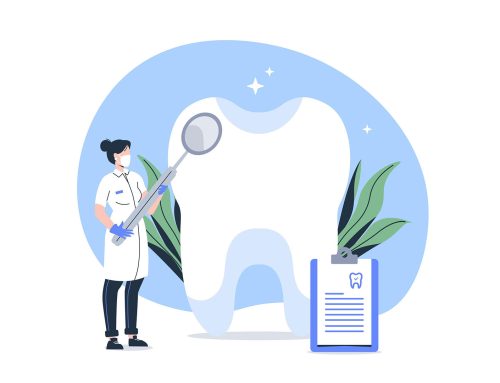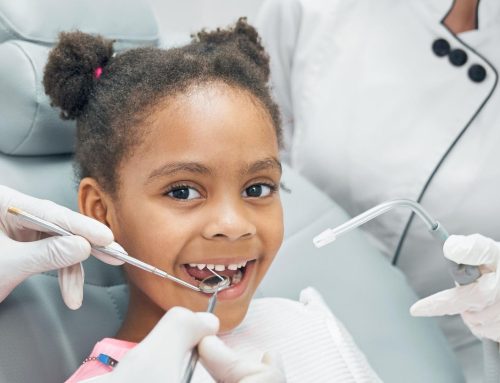Invisalign is a removable brace system that uses a series of custom-molded aligners to move your teeth. The great thing about Invisalign is that the aligners are transparent and invisible (no metal bands or wires), therefore nobody is going to realise that you are undergoing treatment – unless you tell them!
Invisalign can be used to treat the vast majority of common problems for adults and children. Using advanced 3-D computer imaging technology to project tooth movement, Invisalign allows you to visualise your treatment from start to finish through animated visuals, which can be viewed online.
Whether your smile needs minor improvements or more extensive adjustments, Invisalign can certainly help. It is successful in treating crowded or widely spaced teeth. It can also relieve more complex issues, including overbites, overjets, underbites and even crossbites. In fact, your orthodontist can use Invisalign clear aligners in all or part of many treatment plans.
Every two weeks you will have to replace the old aligner for a new one which will continue to guide your teeth in the necessary direction. Each new aligner may give an initial feeling of minor discomfort for a couple of days – this sensation is typically described as a feeling of pressure and is a sign that Invisalign is working.
The aligners gradually reposition your teeth over the period of treatment – the length of which is determined by the complexity of the case and what you and your orthodontist have agreed to achieve. You will need to go in periodically for a few orthodontic appointments in order to check your treatment progress and make sure your teeth are responding to the aligners.
Invisalign aligners must be worn all day, except when brushing, flossing or eating. Fortunately, because you can remove your aligners to eat and drink you can eat all your favourite foods. After each meal, however, you must make sure that you brush your teeth prior to re-inserting your aligners to maintain good hygiene.
Irrespective of the simplicity of your case, your treatment is best handled by an orthodontic specialist, who is trained to diagnose and solve any problems which may arise during your treatment.


